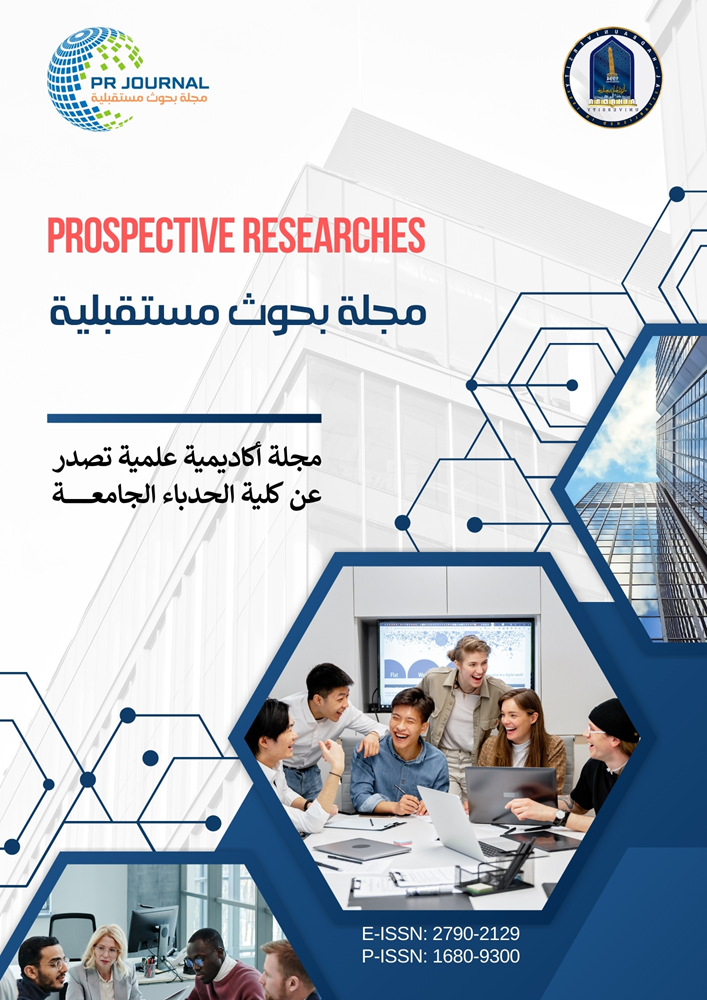الانفعالات النفسية وأثرها في المسؤولية الجنائية
دراسة تحليلية
الكلمات المفتاحية:
Psychological Emotion, Criminal Responsibility, Accused, Criminal Investigation.الملخص
Every action has a reaction greater than or equal to it in terms of
strength according to the laws of physics, and the same is the case with
the laws governing ''psychological emotions,'' and why not? Since the
human soul revolts in the face of the source of excitement, that
excitement that may be from the force that drives its owner to commit
behavior that falls under the penalty of criminal penal rules, and may be
a reason to reduce the degree of criminal responsibility given its great
impact on the will of the perpetrator who committed the crime, which is
a reality. Under the weight of ''psychological emotion,'' which is what the
Iraqi legislator adopted in the texts that dealt with circumstances
mitigating the degree of responsibility of perpetrators of this kind, as for
such ''psychological reactions''. This is what the Iraqi legislator adopted
in the texts that dealt with the circumstances mitigating the degree of
responsibility of the perpetrators of this kind, just as these ''psychological
reactions' have a great role in the scope of proving and denying "criminal
responsibility' within the scope of the investigation procedures in the
'criminal litigation', However, the Iraqi criminal law has completely
neglected it, and as a result, it has nothing left in this aspect except for
the literary value that reinforces the conviction of the investigator of the
innocence of the accused or his conviction in light of the legitimate
evidence available in the criminal case.
التنزيلات
منشور
كيفية الاقتباس
إصدار
القسم
الرخصة

هذا العمل مرخص بموجب Creative Commons Attribution-NonCommercial-NoDerivatives 4.0 International License.
Copyright © 2025 by the authors. This work is licensed under a Creative Commons Attribution-NonCommercial-NoDerivatives 4.0 International License (CC BY-NC-ND 4.0). You may not alter or transform this work in any way without permission from the authors. Non-commercial use, distribution, and copying are permitted, provided that appropriate credit is given to the authors and Al-Hadba University.







